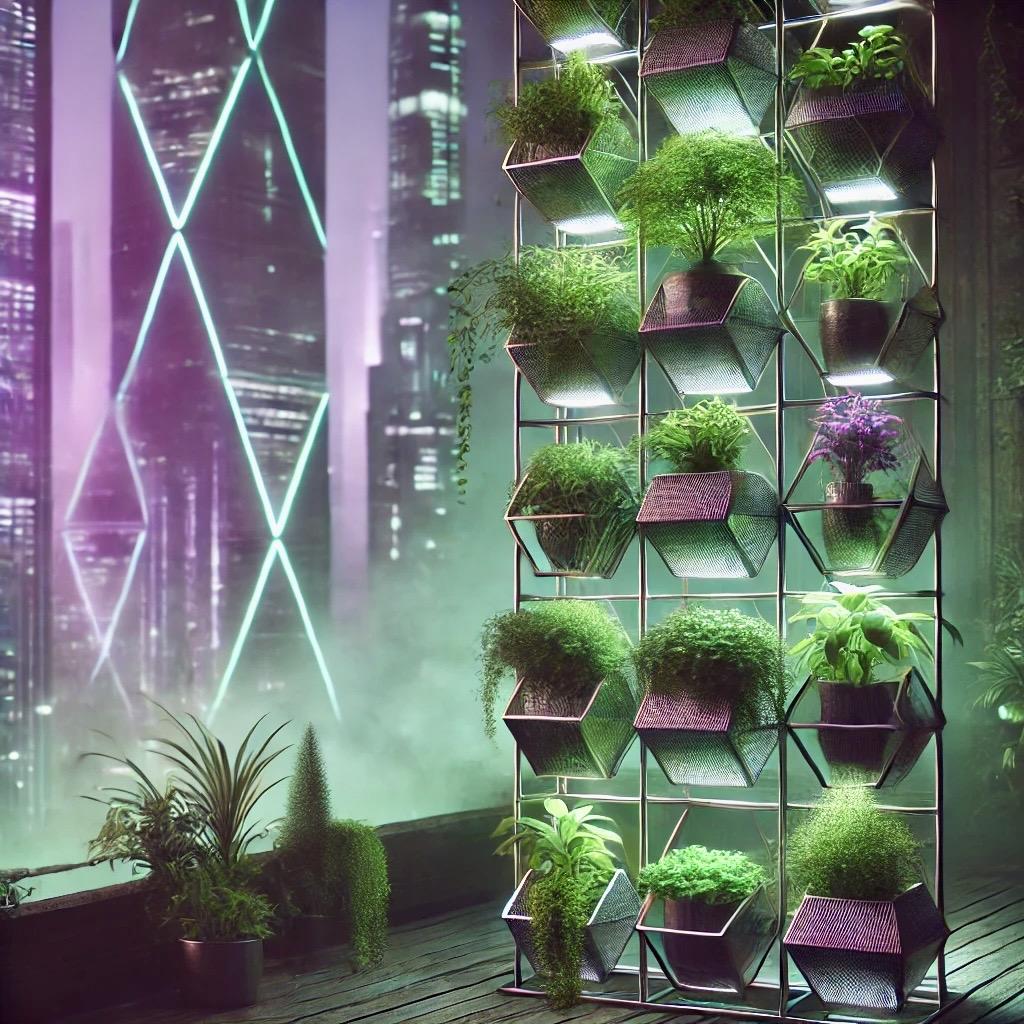
Building a vertical garden prototype involves a few steps, and you can customize it to your space and needs. Here's a simple guide to start:
Materials Needed
-
A vertical structure
This could be a wooden pallet, a trellis, or even a piece of strong wire mesh.
-
Fabric (optional)
Landscape fabric can help keep the soil in place.
-
Containers
You can use traditional plant pots, but you can also use upcycled materials like plastic bottles or containers.
-
Soil
Make sure it's a good-quality potting mix suitable for the plants you're planning to grow.
-
Plants
Herbs, succulents, and other small plants are a good starting point.
Instructions
-
Prepare your vertical structure
If you're using a pallet or other similar structure, you might want to attach landscape fabric to the back and sides to create a sort of pocket that will hold the soil. Staple the fabric to the structure, making sure it's secure.
-
Arrange your containers
If you're using individual containers, attach them to your structure. You can use screws or strong cable ties, depending on the material of your structure and containers. Arrange them in a way that allows each plant enough space to grow.
-
Add soil and plants
Fill your containers or pockets with soil, then add your plants. Be sure to research each plant's sunlight and watering needs when deciding where to place them on your structure.
-
Install your vertical garden
Ensure the installation spot gets adequate sunlight for your chosen plants. If your structure is heavy, make sure it's securely fastened to the wall to prevent it from falling.
-
Care for your garden
Water and tend to your plants according to their individual needs.
Remember that building a vertical garden is a process of trial and error, and what works for one set of plants might not work for another. The most important thing is to pay attention to your plants and adjust your care as necessary. Happy gardening!